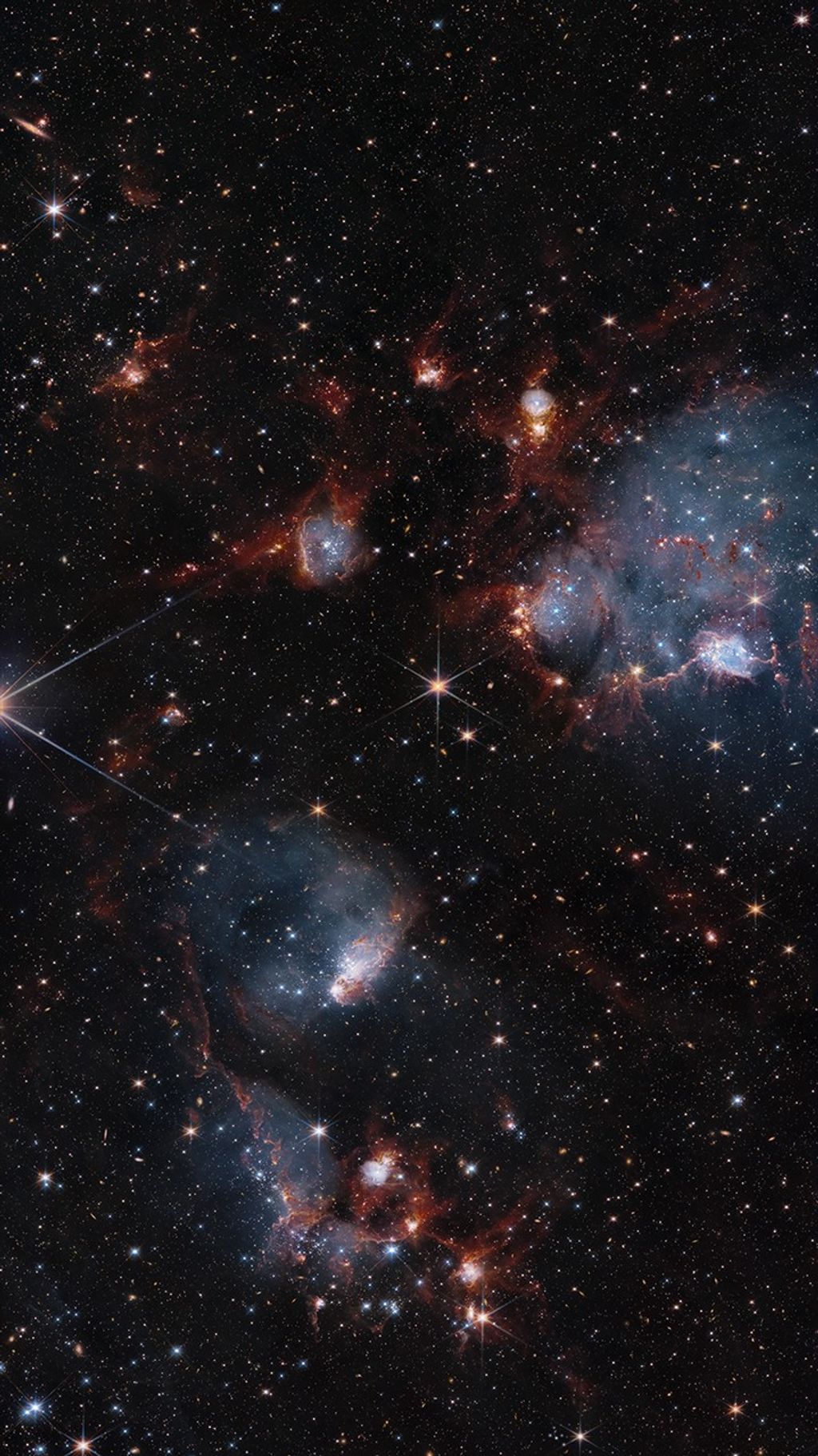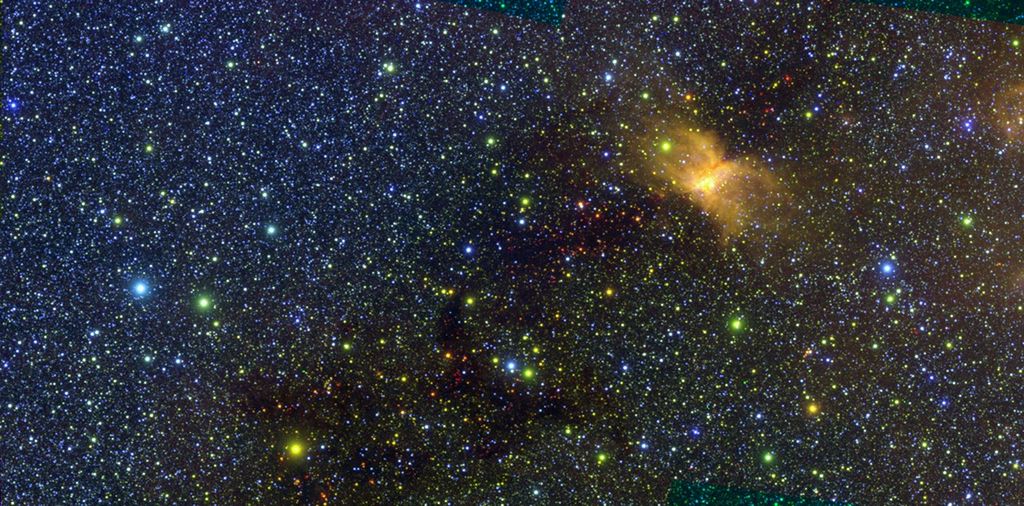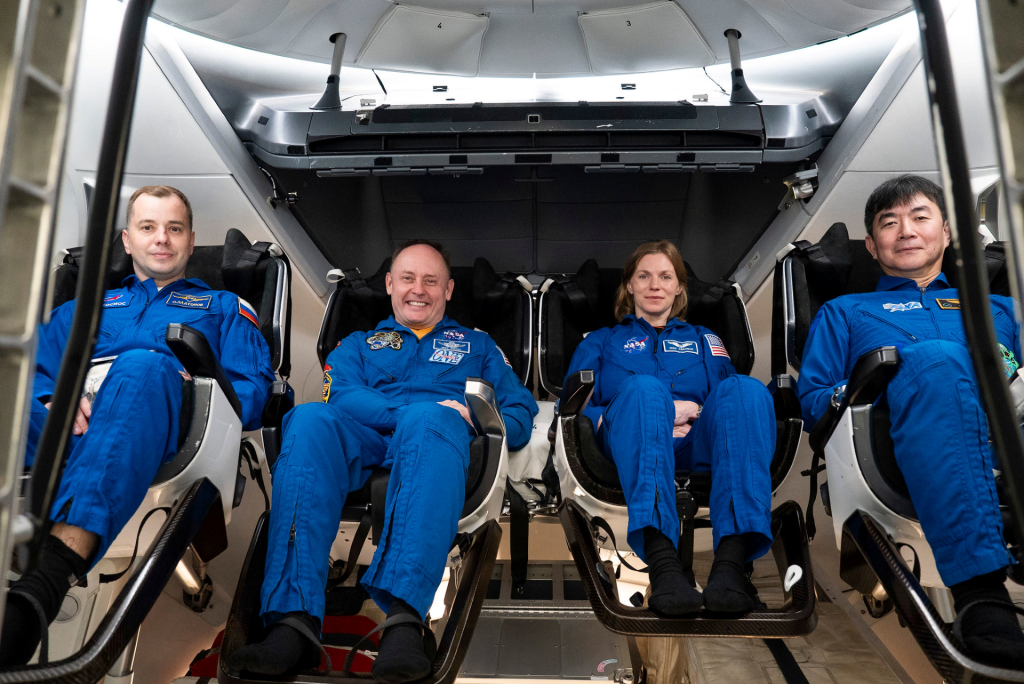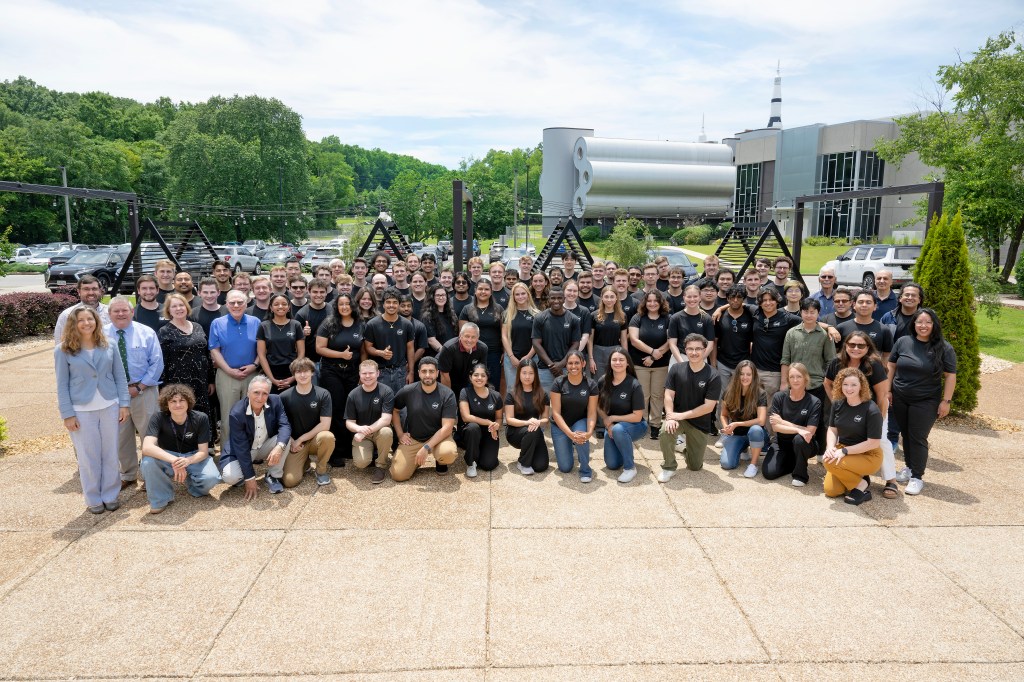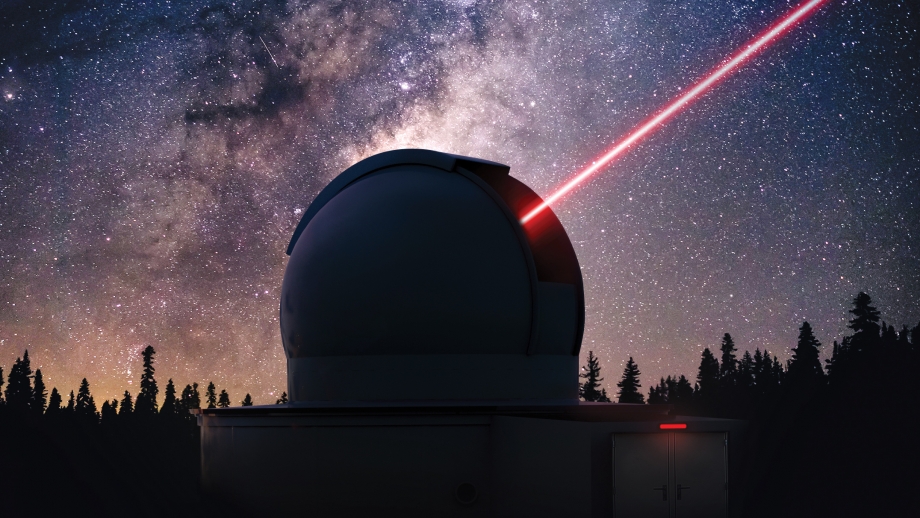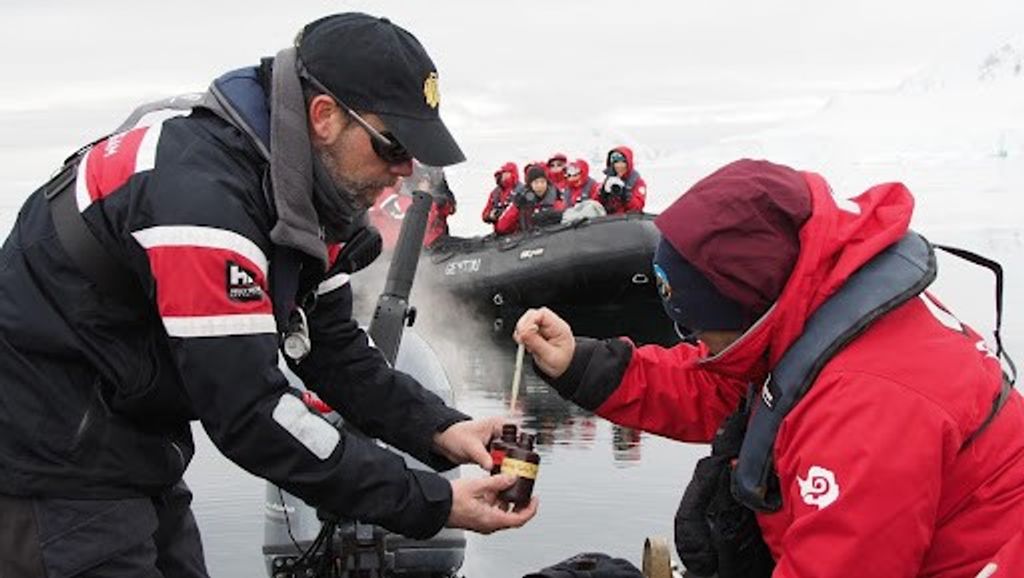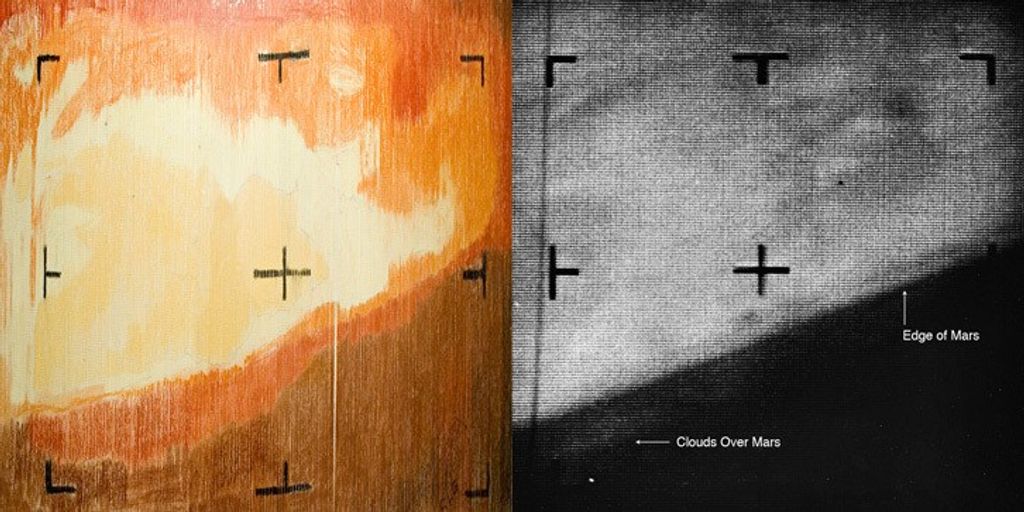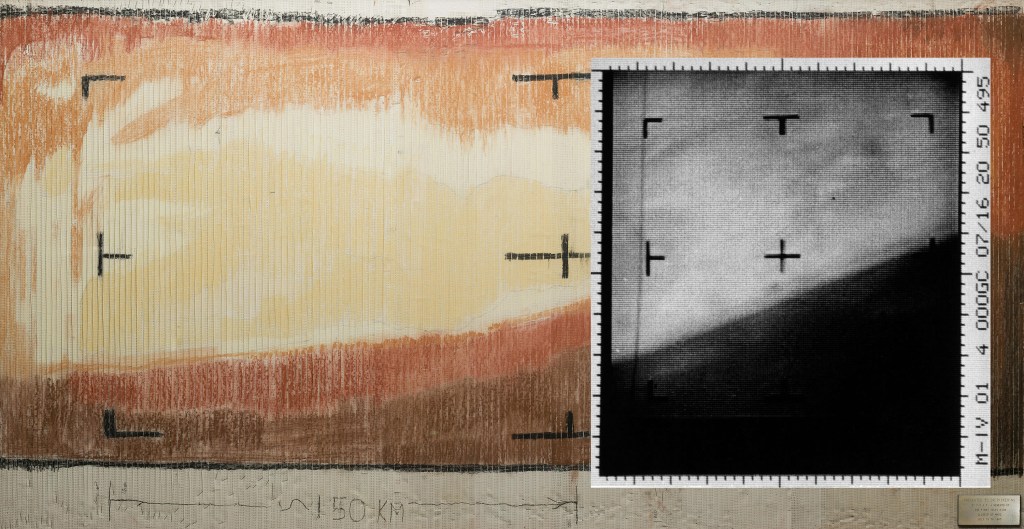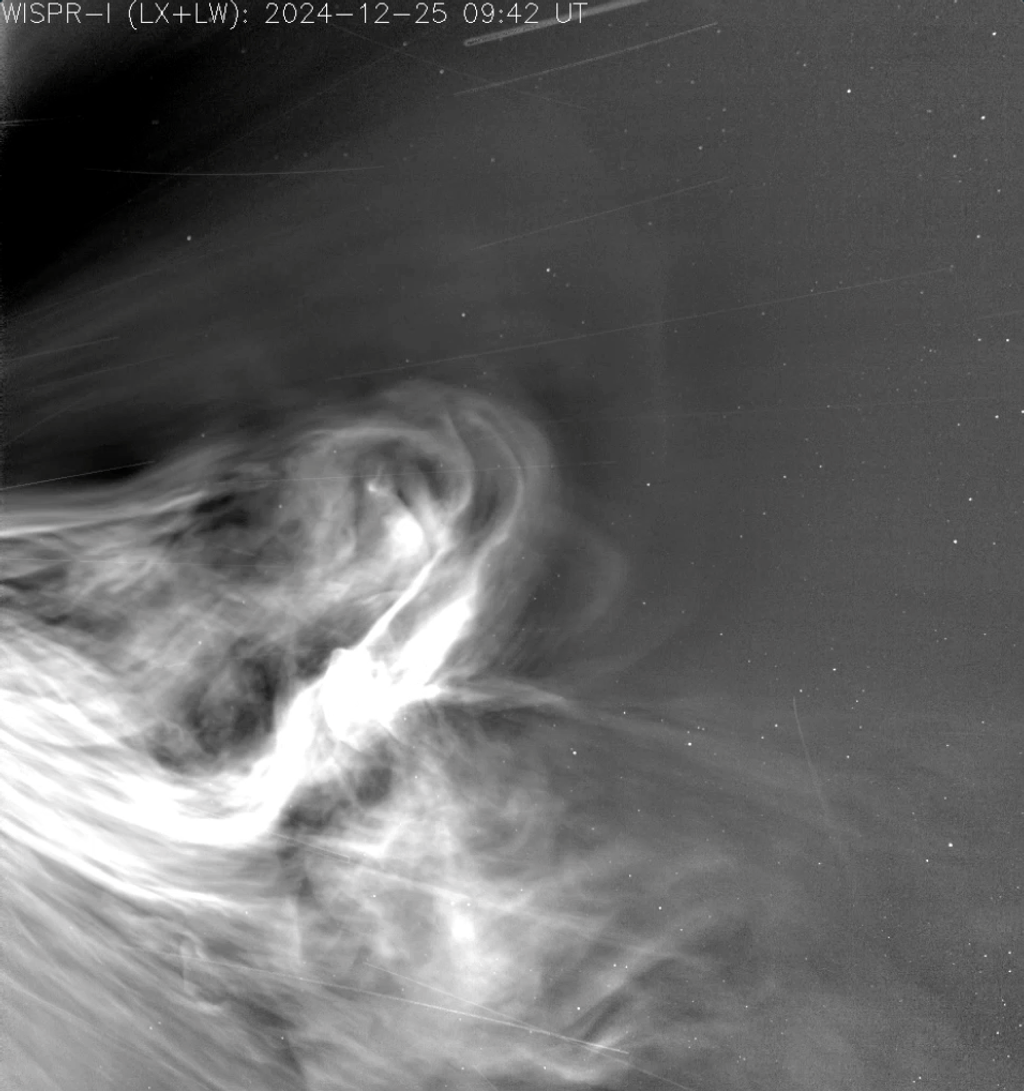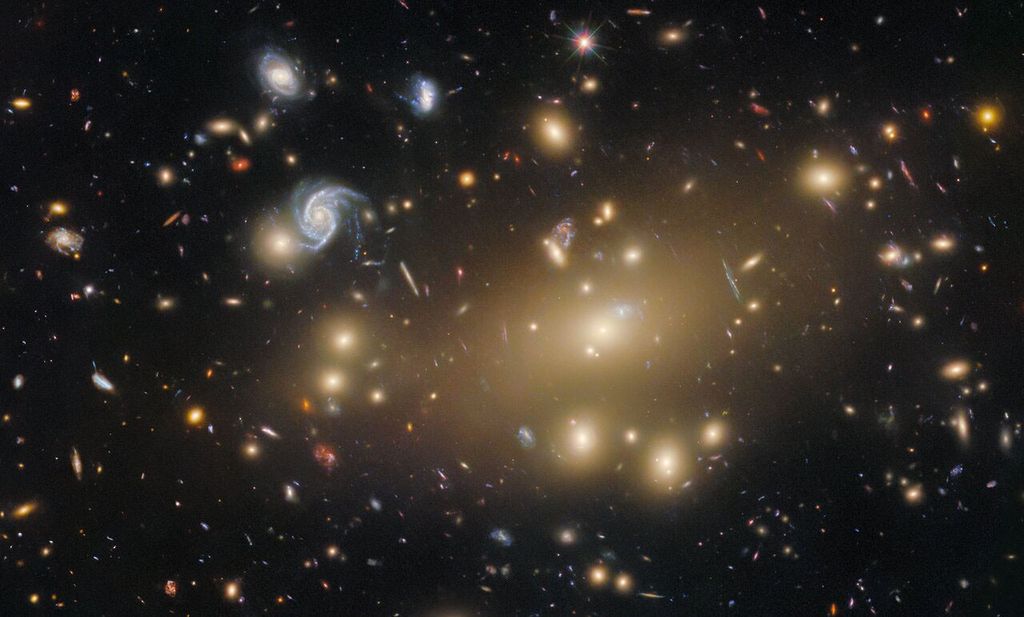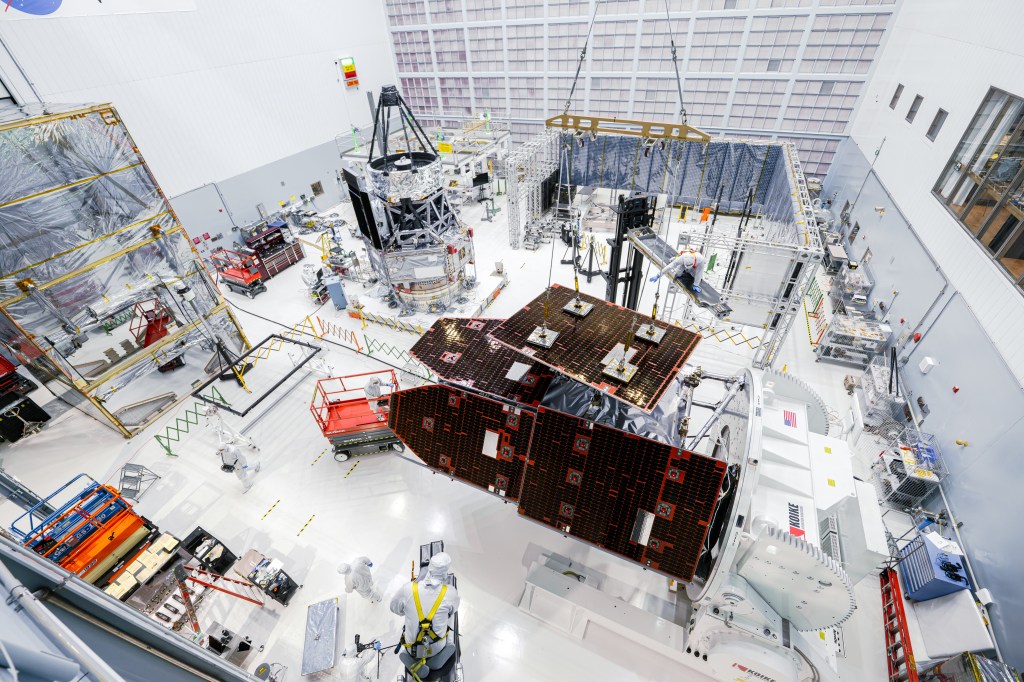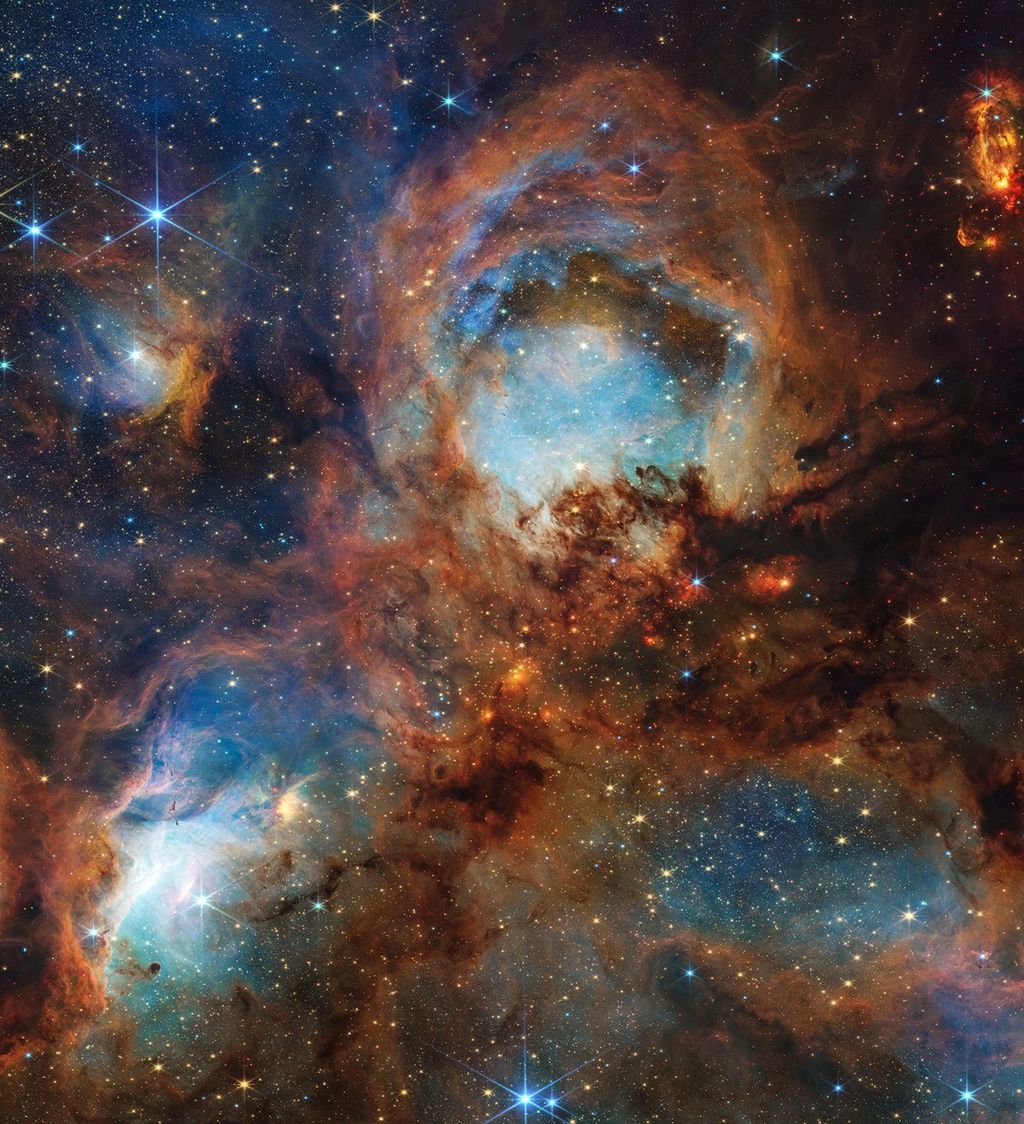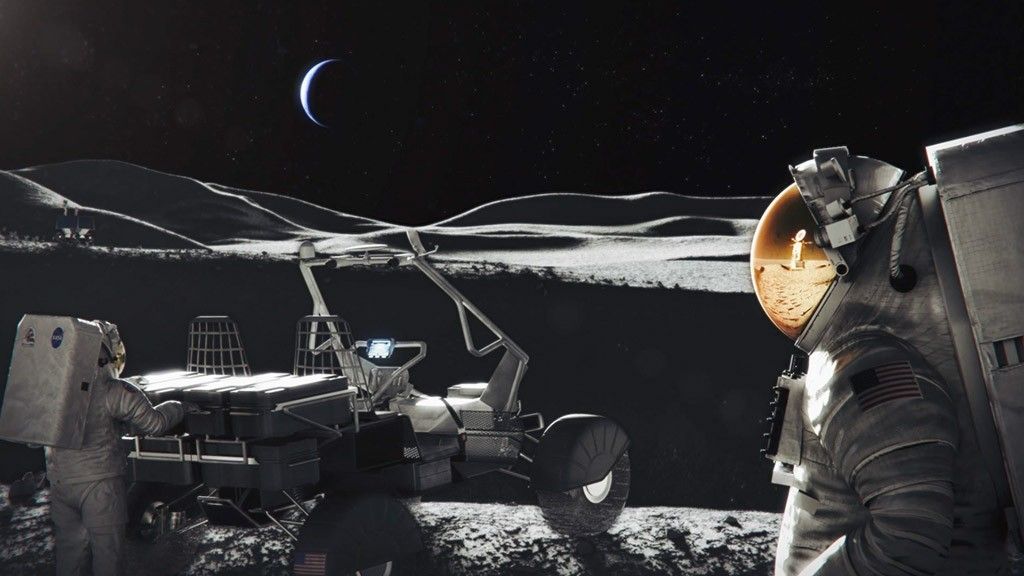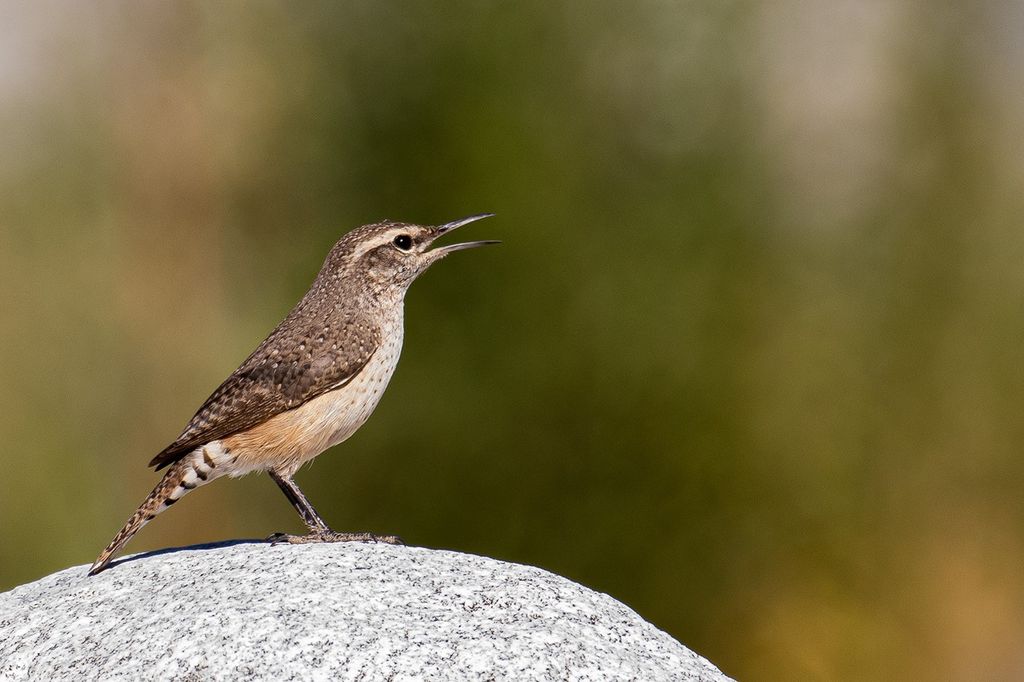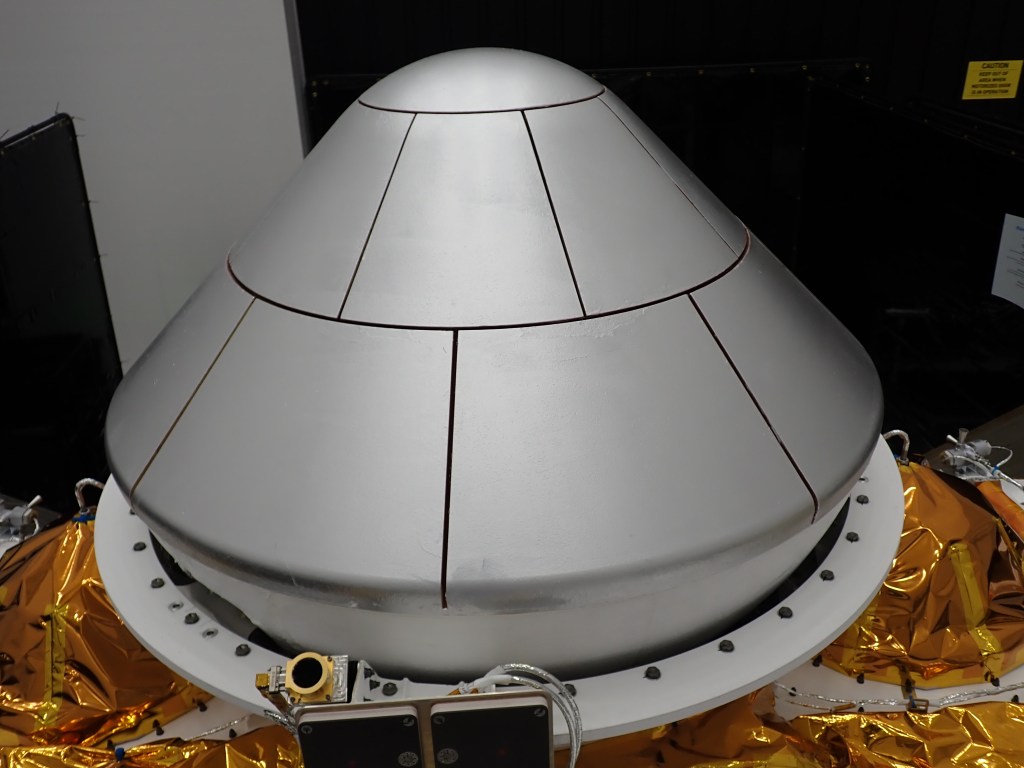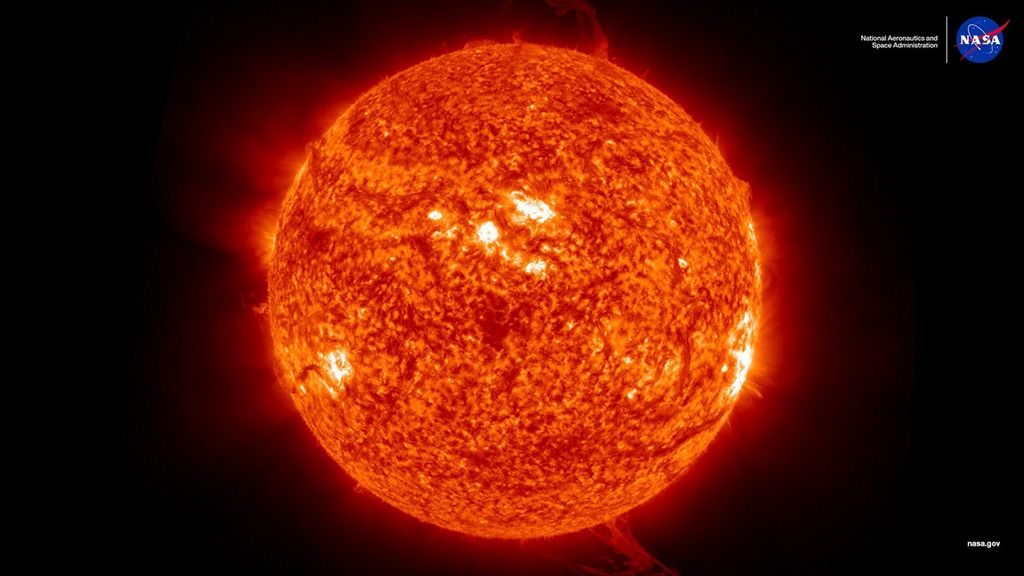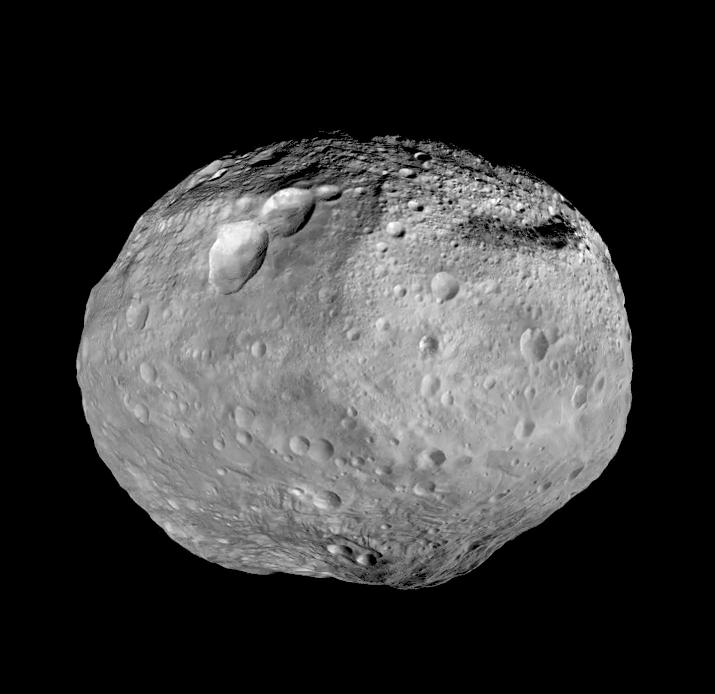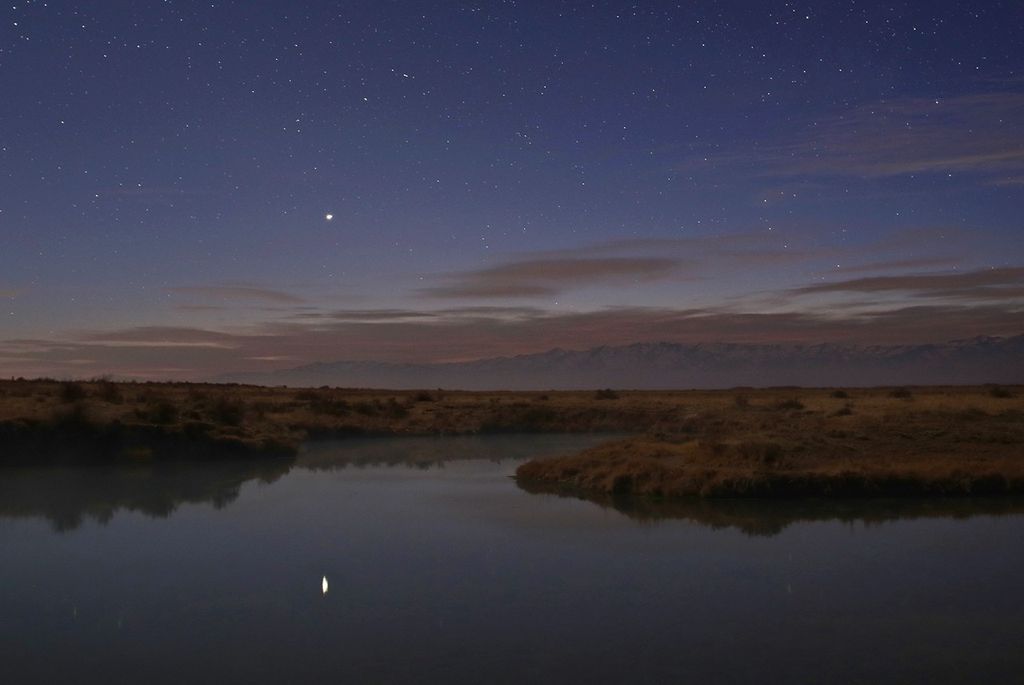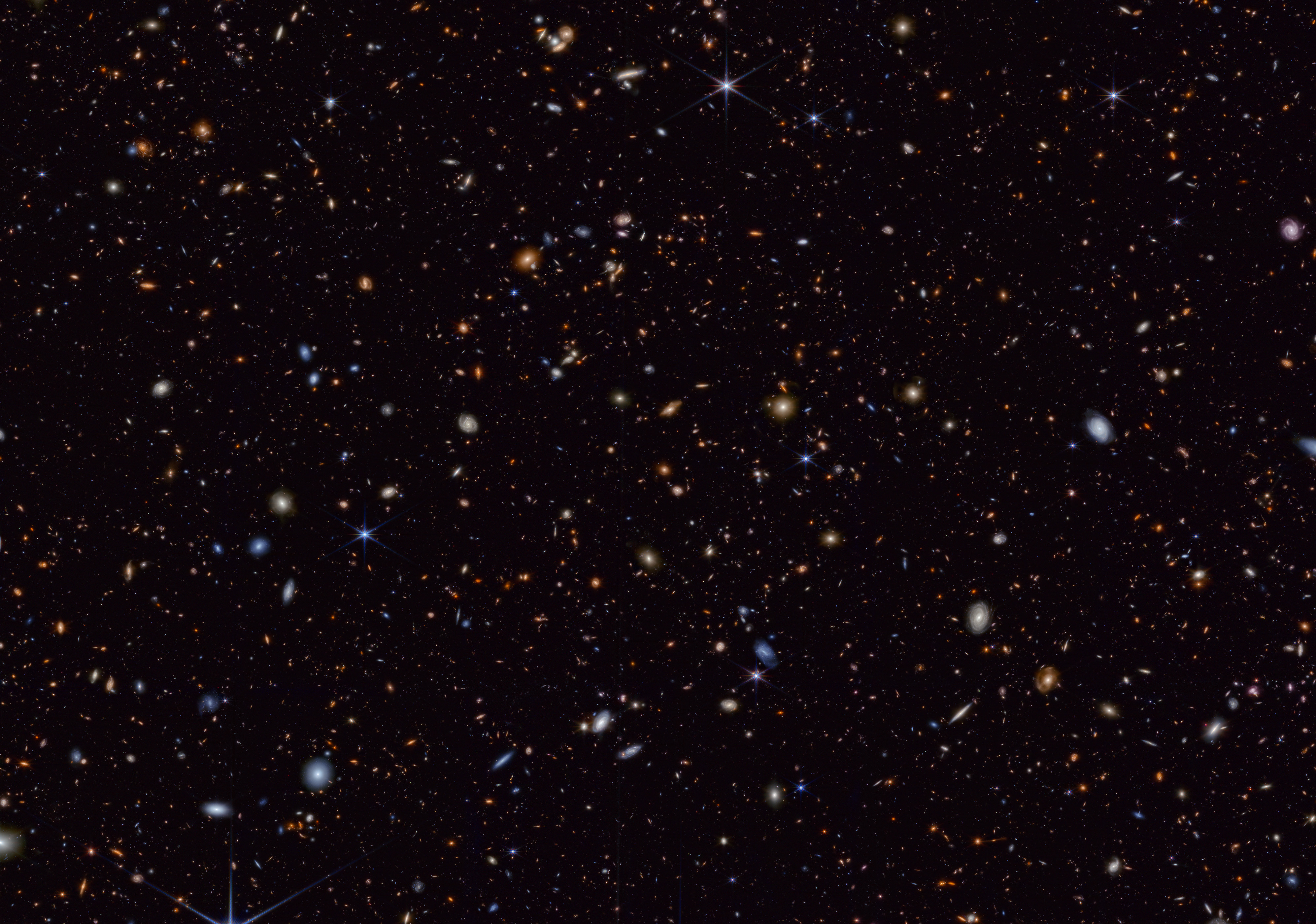Open Science News

NASA’s newest astrophysics space telescope launched in March on a mission to create an all-sky map of the universe. Now settled into low-Earth orbit, SPHEREx (Spectro-Photometer for the History of the Universe, Epoch of Reionization, and Ices Explorer) has begun…

The asteroid 2024 YR4 made headlines in February with the news that it had a chance of hitting Earth on Dec. 22, 2032, as determined by an analysis from NASA’s Center for Near Earth Object Studies (CNEOS) at the agency’s…

How can life thrive in deep space? The Open Science Data Repository Analysis Working Groups invite volunteers from all backgrounds to help answer this question. Request to join these citizen science groups to help investigate how life adapts to space environments,…

Every NASA mission represents a leap into the unknown, collecting data that pushes the boundaries of human understanding. But the story doesn’t end when the mission concludes. The data carefully preserved in NASA’s archives often finds new purpose decades later,…

An art display powered by NASA science data topped the Salesforce Tower in San Francisco, CA throughout December 2024. Nightly visitors enjoyed “Synchronicity,” a 20-minute-long video art piece by Greg Niemeyer, which used a year’s worth of open data from…

NASA has a long history of translating astronomy data into beautiful images that are beloved by the public. Through its Chandra X-ray Observatory and Universe of Learning programs, NASA brings that principle into the world of audio in a project…
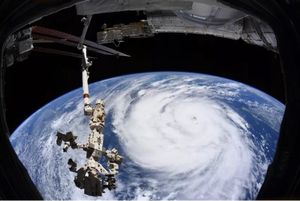
By Lauren Perkins When you think of NASA, disasters such as hurricanes may not be the first thing to come to mind, but several NASA programs are building tools and advancing science to help communities make more informed decisions for…

As humans return to the Moon and push on toward Mars, scientists are ramping up research into the effects of space on the body to make sure astronauts stay healthy on longer missions. This research often involves spaceflight studies of…

NASA awarded $1.4 million to 15 teams developing new technologies that advance and streamline the open sharing of scientific information. High Priority Open-Source Science (HPOSS) awards fund the development of innovative open-source tools, software, frameworks, data formats, and libraries that…

NASA’s science efforts aim to empower scientists with the tools to perform research into our planet and universe. To this end, a collaborative effort between NASA and IBM created an AI geospatial foundation model, which was released as an open-source…

